This guide shows how to change your nutrition plan for weight loss or muscle gain. It highlights key strategies to adjust your diet for your fitness goals. It emphasizes the importance of assessing individual caloric needs, understanding macronutrient ratios, and making appropriate food choices. The guide also covers techniques for meal planning, portion control, and tracking progress to ensure that individuals can effectively modify their intake for optimal results in either weight loss or muscle gain. Overall, it serves as a valuable resource for those looking to achieve their health and fitness goals through informed dietary adjustments.
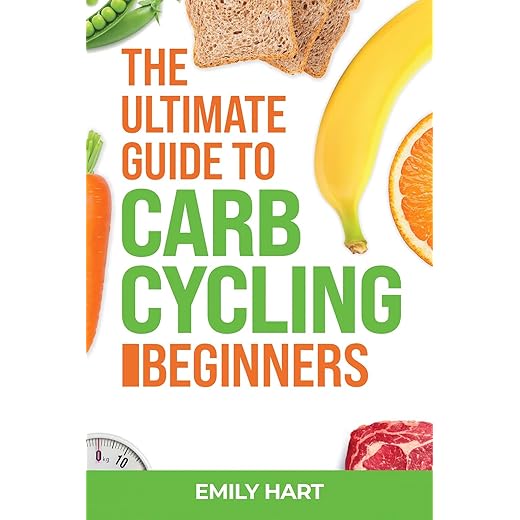


Assess Your Current Diet
Analyze your current eating habits by keeping a food diary for at least a week. Write down everything you eat and drink, including portion sizes and times of meals. For example, if you grab a coffee and a pastry for breakfast daily, note that down. Review your diary at the end of the week to spot patterns, such as snacking late at night or relying on takeout for lunch, and highlight areas that may require improvements.

![Freshware Meal Prep Containers [50 Pack] 1 Compartment Food Storage Containers with Lids, Bento Box, BPA Free, Stackable, Microwave/Dishwasher/Freezer Safe (16 oz)](https://m.media-amazon.com/images/I/81lBJ004NdL._SS520_.jpg)

Set Clear Goals
Identify whether your primary goal is weight loss or muscle gain. For instance, if you aim to lose 10 pounds in three months, specify that target so you can create a focused plan. Set SMART goals by making them specific, measurable, achievable, relevant, and time-bound; for example, commit to strength training three times a week and increase your protein intake to support muscle growth. Break down your larger goal into smaller, manageable steps, such as tracking your daily calorie intake and scheduling meal prep for the week.
Calculate Your Caloric Needs
Choose the Right Macronutrient Ratios
Plan Your Meals
Design a weekly meal plan that meets your caloric needs and adheres to your desired macronutrient ratios. Aim for a balanced mix of proteins, carbohydrates, and fats by including options like grilled chicken, quinoa, and avocado. Diversify your meals by incorporating foods from various food groups; for instance, pair whole-grain pasta with sautéed vegetables and lean turkey for dinner. Consider including snacks such as Greek yogurt with berries or mixed nuts to keep your energy levels steady throughout the day.
Incorporate Nutrient-Dense Foods
Incorporate a variety of whole, nutrient-dense foods into your daily meals. Load your plate with colorful fruits and vegetables, aiming for at least five servings each day to maximize vitamins and minerals. Choose lean proteins such as chicken, fish, beans, or legumes to help build and repair your muscles. Opt for whole grains like quinoa, brown rice, or whole wheat bread instead of refined grains, and include healthy fats from sources like avocados, nuts, and olive oil to promote heart health.
Monitor Your Progress
Weigh yourself weekly and take measurements of key areas, such as your waist, hips, and chest, to track your progress effectively. Record these numbers consistently in a journal or app to visualize how far you’ve come. If the results aren’t aligning with your goals, adjust your nutrition plan by including more whole foods or reducing processed snacks. Pay attention to how you feel during this process; if you’re lacking energy or not seeing your desired results, consider tweaking your calorie intake or macronutrient balance accordingly.
Seek Professional Guidance
Consult a registered dietitian or nutritionist if you feel uncertain about altering your nutrition plan or if specific health concerns arise. Schedule an appointment either in-person or virtually to discuss your unique needs and goals. Bring along any relevant medical history and current dietary habits to ensure a comprehensive evaluation. Follow their personalized recommendations closely for the best results tailored to your lifestyle.
Tailoring Your Approach
In conclusion, successfully adapting your nutrition plan for weight loss or muscle gain is all about knowing your goals and taking a strategic approach. By assessing your needs, setting clear objectives, calculating your caloric intake, and thoughtfully planning your meals, you’ll lay the groundwork for a sustainable and effective nutrition strategy. Remember, it’s about finding what works best for you, so don’t hesitate to tweak your plan as you progress. With dedication and the right foundation, you’ll be on your way to achieving your fitness aspirations. Happy eating!
Essential Supplies Needed
Optimize Your Results
Essential Steps and Practical Tips for Crafting Your Personalized Nutrition Roadmap
Remember, it’s all about finding what works best for you and being flexible as you progress. Happy planning!
Essential Tips for Crafting Your First Nutrition Plan
Creating a balanced nutrition plan is essential for promoting overall health and well-being, especially if you’re just starting out. Here are some basic principles to guide you:
1. Variety: Incorporate a range of different foods from all food groups. This ensures you get a wide array of vitamins, minerals, and other nutrients. Aim for colorful fruits and vegetables, whole grains, lean proteins, and healthy fats.
2. Proportion: Pay attention to portion sizes. Understanding how much food you need helps maintain a healthy weight and prevents overeating. Using tools like the plate method can help—fill half your plate with fruits and vegetables, a quarter with lean protein, and a quarter with whole grains.
3. Balance: Balance your macronutrients—carbohydrates, proteins, and fats. Aim for a good mix of these in your daily meals. Carbs should come from whole grains and vegetables, proteins from sources like fish, poultry, legumes, and dairy, and healthy fats from nuts, seeds, and oils.
4. Nutrient Density: Focus on nutrient-dense foods that provide a lot of nutrients relative to their calorie count. This means choosing foods that are rich in vitamins, minerals, and fiber while being lower in added sugars and unhealthy fats.
5. Hydration: Don’t forget about hydration! Drink plenty of water throughout the day, and consider aiming for at least 8 cups (64 ounces) daily, adjusting based on your activity level and climate.
6. Limit Processed Foods: Reduce your intake of highly processed foods, which often contain added sugars, unhealthy fats, and sodium. Instead, opt for whole, unprocessed foods whenever possible.
7. Mindful Eating: Pay attention to your body’s hunger and fullness cues. Practice mindful eating by being present during meals and savoring each bite, which can help prevent overeating.
8. Consistency: Establish and maintain a regular eating schedule to help regulate your hunger levels and energy.
Balanced nutrition means finding a way to eat that you enjoy and can stick with. As you move forward, you can adjust your plan. This can depend on how your body reacts and what you like. Happy healthy eating!
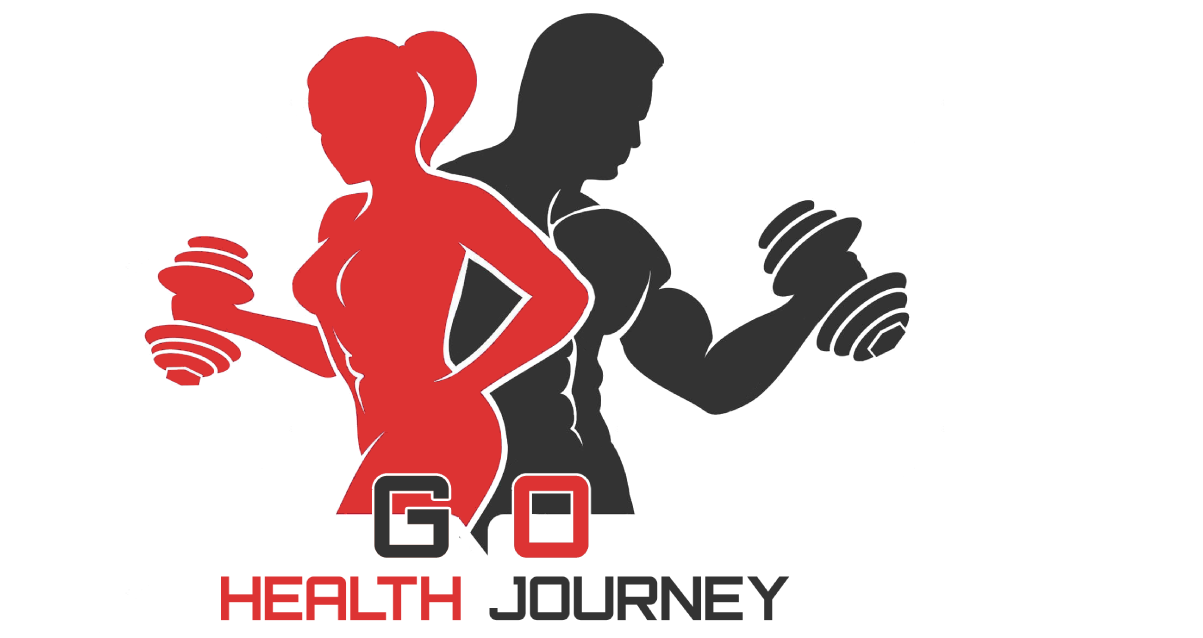




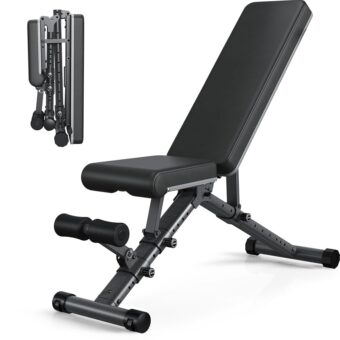
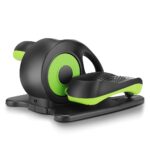

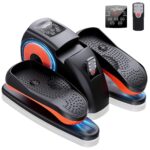
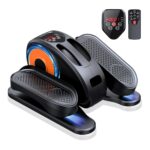
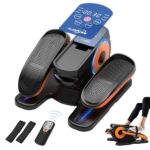

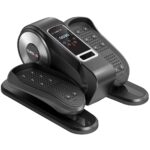

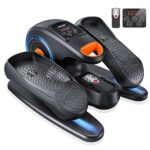
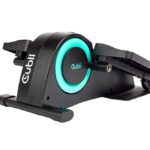

I recently started using MyFitnessPal to track my calories and macros, and it’s been a game changer for me! It really helps me stay accountable and see where I can improve. Just thought I’d share that—it might help someone else too!
That’s awesome! MyFitnessPal is a great tool for tracking. Thanks for sharing your experience, and I’m sure others will find it helpful!
I’m curious about the calculation of caloric needs. If I’m really active some days and not so much on others, how do I adjust my intake? Should I be tracking daily or weekly?
Great question! It’s best to track your intake based on your activity levels. On more active days, increase your calories slightly—especially carbs for energy. On rest days, you can cut back a bit. Balancing it out weekly can also work well!
Hey, great guide! I think it’d be awesome if you could dive into how to handle cravings and emotional eating in a future article. Sometimes I find myself snacking just because I’m bored, not really hungry. Any tips on that would be super helpful!
I love the part about incorporating nutrient-dense foods! I’ve started adding more foods like avocados and sweet potatoes to my meals. They keep me full longer and taste amazing!
I’ve been following your guide and making changes gradually. I’ve lost 10 pounds in the last month, and I feel so much better! Thanks for the guidance—it’s been really helpful!
That’s fantastic to hear! Congrats on your progress! Keep it up, and thanks for sharing your success story!
What are some advanced tips for macronutrient adjustments? I’ve hit a plateau and feel like I need to tweak my plan but not sure where to start. Any advice?
Great question! If you’re hitting a plateau, it might be worth exploring carb cycling or adjusting your protein intake based on your activity levels. I’ll consider providing more detailed tips on that!
For anyone just starting out, I recommend meal prepping on Sundays. It saves time during the week and helps me stick to my nutrition plan. I usually cook up chicken breast, quinoa, and a ton of veggies. Easy to grab and go!
Meal prepping is a fantastic tip! It definitely takes the stress out of daily cooking. Thanks for sharing your go-to meals!
Could you explain more about how to determine the right macronutrient ratios for my body type? I’ve heard different things and it gets confusing.
Absolutely! A good starting point is to use the 40/30/30 rule (carbs/protein/fats) but adjust based on your goals and how your body responds. It may take some trial and error, but I’ll provide more detailed guidance on this soon!
I feel like there are so many different diets out there that say they work. I’ve tried keto and paleo, but they just didn’t fit my lifestyle. Can’t we just enjoy a balanced diet and still lose weight? What do you think?
Absolutely! A balanced diet can definitely lead to weight loss. It’s all about finding what works for you personally. Different strokes for different folks, right?
Thanks for your feedback! Cravings and emotional eating are definitely important topics. I’ll consider including that in a future article. Stay tuned!